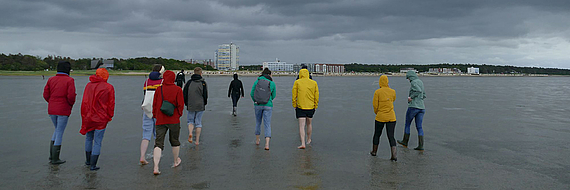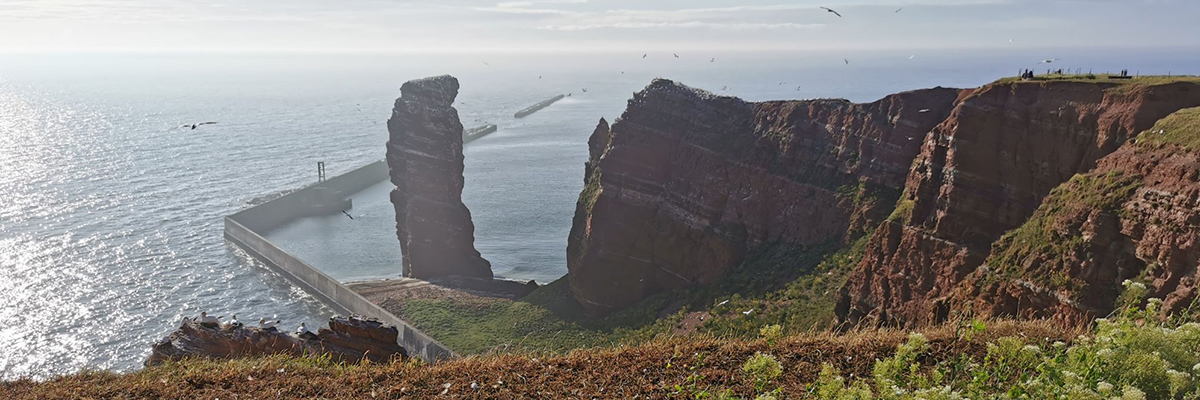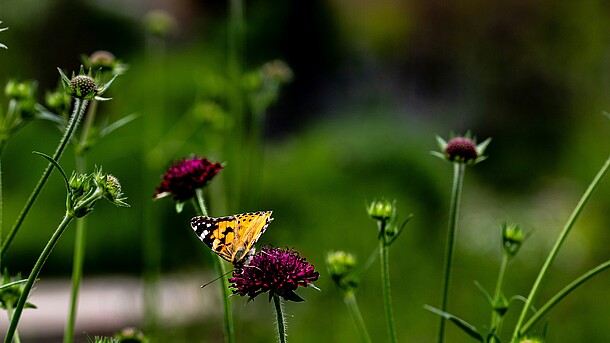


The North Sea is home to many valuable ecosystems. Particularly along the coasts, there are conflicts between nature conservation and other uses (expansion of renewable energies, tourism, coastal protection, etc.). They therefore form an interesting area for environmental planning issues. The conflicts are particularly evident on the island of Helgoland, which is important for nature conservation, tourism and offshore wind energy.
The five-day tent excursion from 07.06.2022 to 11.06.2022 was designed and organised by Carmen Rethschulte and Tim Wenzel. During the excursion, 12 Master's and Bachelor's students gained insights into coastal ecosystems, protection concepts and conflicts of use and dealt with these topics in their own presentations.
The largest Wadden Sea in the world stretches along the Dutch, German and Danish coasts of the North Sea. Constant water movements caused by the tides, fluctuations in salinity, strong winds and temperature fluctuations create habitats with many ecological niches that are responsible for the high biodiversity of specialised species in the Wadden Sea. In Cuxhaven, the students were introduced to this habitat, as well as the coastal heath habitat, by employees of the Wadden Sea National Park.
The high seas island of Helgoland occupies a special position from a geographical, geological, biological and nature conservation perspective.
The island in an exposed position off the German North Sea coast is an important resting place for many migratory bird species. Helgoland is also the only rocky island in the German North Sea. The rocky mudflats surrounding the island and the steep rock faces provide habitats for specialised species, such as the Helgoland lobster (Homarus gammarus) and common guillemot (Uria aalge), which are characteristic of Helgoland. There, through lectures and guided tours by the Jordsand e.V. association and the Institute for Bird Research (Vogelwarte Helgoland), the students gained insights into the protection of migratory and breeding birds on Helgoland and how to deal with tourism and marine mammals, as well as the growing interest and increase in offshore installations in the North Sea. Through a discussion with Dipl.-Ing. Hendrik Hagmeier from the Department of Planning and Building, the students were made aware of and clarified the conflicts of use that have to be combined here on a very limited area.
































